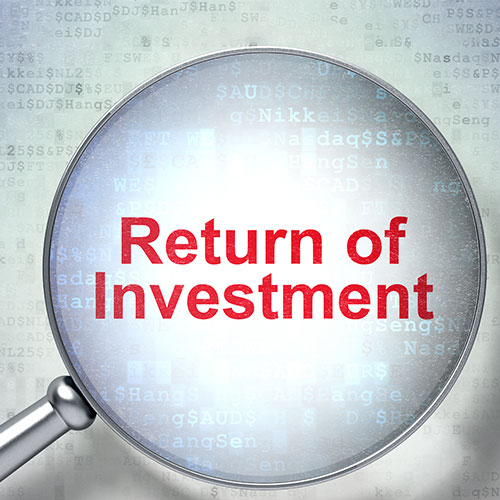Source/Contribution by : NJ Publications
Today we’ll not talk about financial products or investments or goals, rather we’ll concentrate on simple routine money habits which you can apply in your daily life and become financially prudent, i.e. spend less and earn more.
So, here are ten money habits that you can adopt in your everyday life:
1. Don’t carry excessive cash in your wallet: Make it a rule, keep minimal cash with you. Cash generally isn’t faithful to the owner. You must have experienced that once you pay for a purchase with a 2,000 rupee note, the change will vanish in no time, plus there are chances of cash being stolen or lost. So keep limited cash, you can always use a card or an e-wallet in case you fall short of money.
2. Be Vigilant with money: You must be careful with money in routine activities like you must always be aware of how much cash you have in your wallet as well as in your cupboard, otherwise you will never come to know if you have dropped or someone has slipped a few notes away. Write down if someone has borrowed money from you or vice versa if you owe someone, if you tend to forget such transactions. Regularly check your bank statements, check the sms’ you get from your banks, so that any wrongful debits can be detected.
3. No to impulsive shopping: Put a strict no no to hasty shopping decisions, because in such cases you end up buying stuff you don’t need or already have, and only waste your money. You should always make a buying list, after a careful consideration of your requirements, and strictly adhere to that list.
4. Don’t go overboard in frugality: Don’t go all the way to the wholesale market for buying 1 kg of dal, and waste your time and fuel, because it’s 10 rupees cheaper. Although we must cut costs to save money, yet you must factor in the time and energy that goes into saving those bucks, the efforts gone must be worth the saving.
5. Pay your bills in time: Many of us are chronically late in paying our bills. We often end up paying late payment fee and penalties on our mobile bills, electricity, water bills, etc., not for lack of money, but for our lethargy. These penalties if avoided could have saved you thousands of rupees over the years. Make it a rule to always make your payments in time, you can use mobile apps to remind you of the bill dates or you can use automatic bill payments system.
6. Manage your credit cards: If you are using a credit card, you must be extremely careful in always making bill payments in full and in time, because:
> Late payment of bills attract heavy penalties
> If you just make the minimum payment, then though you don’t have to pay the penalty, but you have to pay interest, and the interest rate in most credit cards is above 30% p.a.
> Thirdly, defaulting in credit card payments affects your CIBIL score.
7. Be a smart shopper: You can save a lot while spending. The first thing to do is compare the prices on different websites, or stores, at times there is a significant difference in the price of the same product at different places. Look for coupons, you can get discounts on various products and services, also remember to use your coupons before the expiry date. If there isn’t an urgent need, wait for the sale, why spend more when you can get the same thing at a cheaper price, next month.
8. Budget: If you wish to achieve the ultimate objective: spending less than you earn, then you must create a budget and follow it religiously. Keep a track of your expenses, and try to keep them within the limit you have set for yourself. It is ideal to note down your expenses, it’ll be easier to track them.
9. Crosscheck the bills: Make it a habit to always crosscheck your bills, like food bills at restaurants to ensure you are not paying for the dish ordered by people sitting at the next table. Similarly check your grocery bills, mobile, electricity bills etc., since there can be discrepancies.
10. Eat at home: The frequency of dining out has increased for most of us over the years. Eating out especially at fancy restaurants is an expensive affair, it occupies a significant piece of our total expenses, particularly in metro cities. We pay thousands of rupees for one dinner, if you calculate your restaurant expenses for an entire year, it’ll be a significant sum. If you increase the frequency of eating home cooked food, it’ll be good for your health as well as for your pocket.









